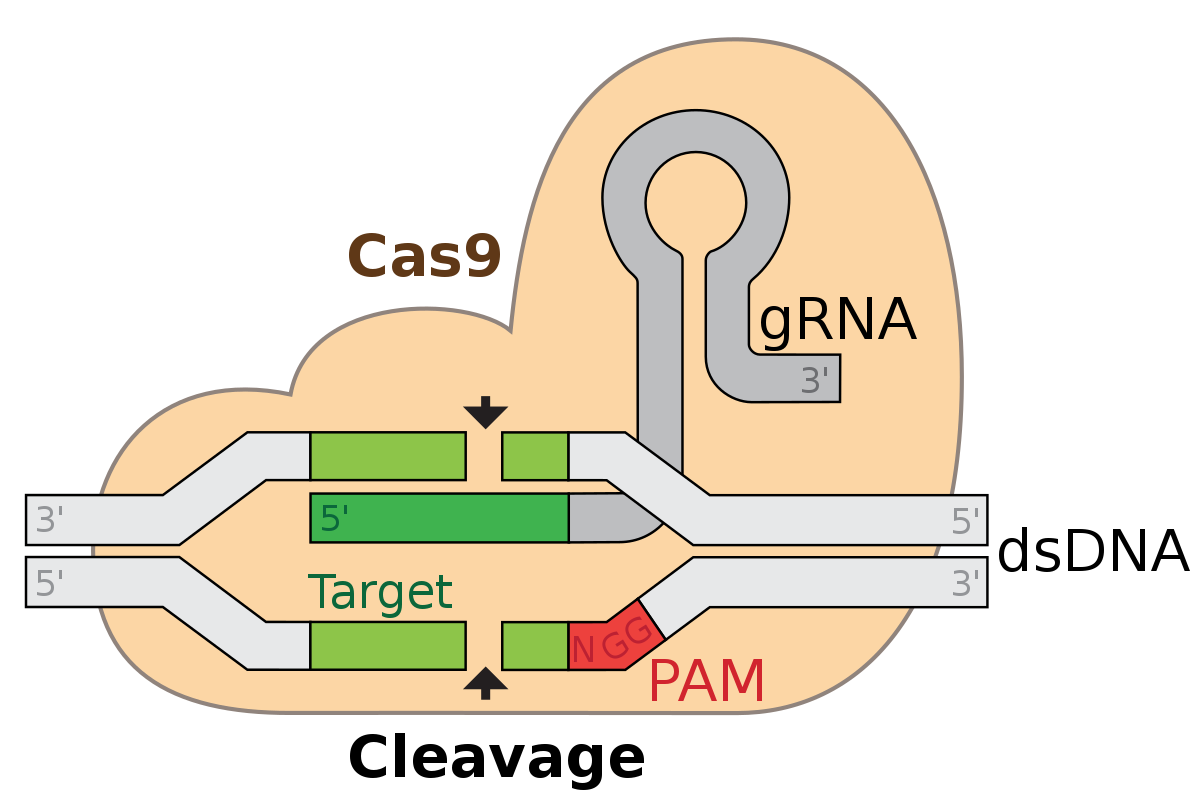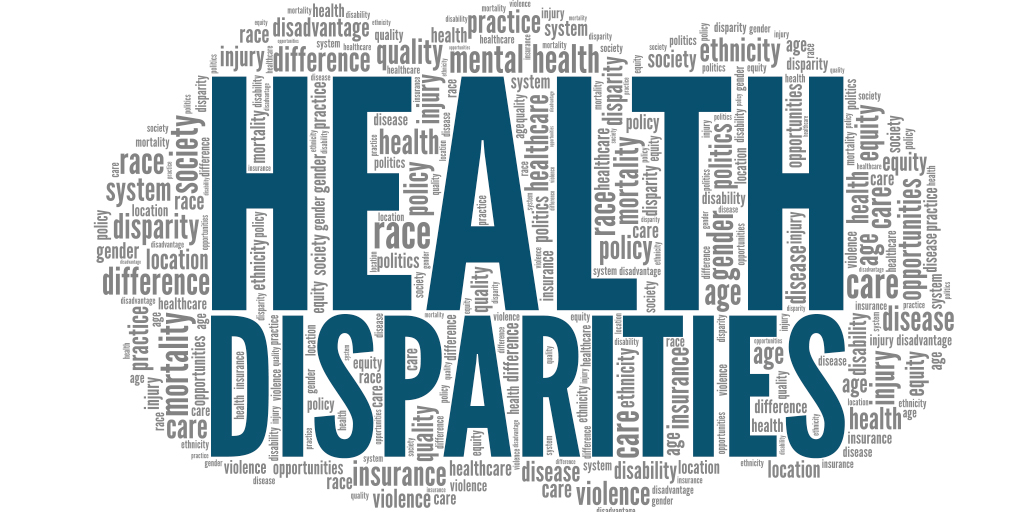Quadriplegia
Quadriplegia
A 23-year-old male patient is admitted with a fracture of C6 and C7 that has resulted in quadriplegia. He was injured during a football game at the university where he is currently a senior. His career as a quarterback had been very promising. At the time of the injury, contract negotiations were in progress with a leading professional football team.
- Use Roy’s criteria to identify focal and contextual stimuli for each of the four adaptive modes.
- Consider what adaptations would be necessary in each of the following four adaptive modes: (1) physiological, (2) self-concept, (3) interdependence, and (4) role function.
- Create a nursing intervention for each of the adaptive modes to promote adaptation.

Adaptive Modes and Nursing Interventions for Quadriplegia
Quadriplegia, resulting from a fracture of the cervical spine, presents unique challenges for the patient, impacting multiple adaptive modes as outlined by Sister Callista Roy’s Adaptation Model. This model provides a framework for nursing interventions by considering both focal and contextual stimuli that affect the patient’s ability to adapt. In this paper, we will explore the focal and contextual stimuli in each adaptive mode and propose nursing interventions to promote adaptation.
1. Identification of Focal and Contextual Stimuli
- Physiological Mode
- Focal Stimuli: The fracture of C6 and C7 vertebrae directly causes the loss of motor function and sensation below the injury level, resulting in quadriplegia.
- Contextual Stimuli: Other medical conditions, such as respiratory function impairment or complications related to immobility, may arise due to the injury. Additionally, medications and therapeutic interventions can affect physiological responses.
- Self-Concept Mode
- Focal Stimuli: The sudden onset of quadriplegia may lead to feelings of inadequacy and loss of identity, especially for a previously promising athlete.
- Contextual Stimuli: Social support systems, family dynamics, and the patient’s previous self-image as a successful quarterback contribute to his self-concept and can influence his psychological adjustment.
- Interdependence Mode
- Focal Stimuli: The need for assistance with activities of daily living, as the patient loses independence due to his condition.
- Contextual Stimuli: Relationships with family, friends, and healthcare professionals play a significant role in providing support and facilitating adaptation. The presence of emotional support can impact recovery positively.
- Role Function Mode
- Focal Stimuli: The inability to perform the role of a quarterback and the potential loss of a professional career create significant stress.
- Contextual Stimuli: Expectations from family, coaches, and peers regarding recovery and future potential affect the patient’s role perception and integration into societal roles.
2. Necessary Adaptations in Each Adaptive Mode
- Physiological Mode
Adaptations involve managing physical health, including maintaining skin integrity, preventing respiratory complications, and addressing bladder and bowel management. This may include the use of assistive devices for mobility, positioning aids, and regular assessments to monitor complications. - Self-Concept Mode
The patient may need to adapt his self-image and cope with feelings of loss. Psychological support, counseling, and therapy can assist in reframing identity beyond the athlete role, promoting self-esteem and self-worth. - Interdependence Mode
Adaptations include fostering relationships with caregivers and healthcare providers to ensure support and assistance. Encouraging participation in support groups or peer mentoring can enhance social connections and emotional well-being. - Role Function Mode
The patient may need to redefine his roles, potentially exploring new interests or careers that align with his abilities post-injury. Engaging in rehabilitation activities and vocational counseling can facilitate this adaptation.
3. Nursing Interventions for Each Adaptive Mode
- Physiological Mode
Nursing Intervention: Conduct regular assessments of respiratory function, implement a turning schedule to prevent pressure ulcers, and collaborate with physical therapists for mobility exercises. Educating the patient and family about skin care and respiratory health is essential for promoting physiological adaptation. - Self-Concept Mode
Nursing Intervention: Provide psychological support through therapeutic communication and facilitate access to mental health resources. Encouraging the patient to engage in self-expression activities, such as art or writing, can enhance self-concept and coping strategies. - Interdependence Mode
Nursing Intervention: Encourage the patient to actively participate in his care plan and decision-making processes, promoting autonomy. Facilitate family meetings to discuss care strategies, enhancing communication and support among family members. - Role Function Mode
Nursing Intervention: Collaborate with occupational therapists to explore adaptive technologies and vocational rehabilitation options. Providing information on community resources and recreational activities can help the patient develop a new sense of purpose and redefine his role.
Conclusion
The transition to living with quadriplegia requires significant adaptations across various adaptive modes. By employing Roy’s Adaptation Model, nurses can identify focal and contextual stimuli impacting the patient’s ability to adapt. Implementing targeted nursing interventions can promote physiological stability, enhance self-concept, foster interdependence, and assist in redefining role functions. Through a comprehensive approach, healthcare providers can support the patient in navigating the complexities of their new reality, ultimately facilitating improved outcomes and quality of life.
References
Roy, C. (2009). The Roy Adaptation Model. Nursing Science Quarterly, 22(4), 347-348. https://journals.sagepub.com/doi/abs/10.1177/0894318409347140
Simmons, L. A., & O’Connell, M. B. (2019). Nursing interventions to promote adaptation in individuals with spinal cord injuries. Spinal Cord Injury Nursing, 36(1), 35-41. https://www.sciencedirect.com/science/article/abs/pii/S0885715618300123
Tasi, G. K., & Niazi, N. K. (2020). Psychological impact of spinal cord injuries on patients and families: Implications for nursing practice. Journal of Neuroscience Nursing, 52(3), 138-144. https://journals.lww.com/jnnonline/Abstract/2020/05000/Psychological_Impact_of_Spinal_Cord_Injuries_on.6.aspx
Haverman, L., et al. (2017). The importance of self-concept in the recovery of spinal cord injury patients: A systematic review. Disability and Rehabilitation, 39(10), 1034-1041. https://www.tandfonline.com/doi/abs/10.3109/09638288.2016.1186341
Davis, M. A., & Smith, A. H. (2018). Understanding the role of social support in recovery from spinal cord injury. American Journal of Physical Medicine & Rehabilitation, 97(9), 723-728. https://journals.lww.com/ajpmr/Abstract/2018/09000/Understanding_the_Role_of_Social_Support_in.12.aspx






 The media plays a pivotal role in shaping culture and society by influencing public perception, norms, and values. From television shows to social media platforms, the portrayal of various issues affects how individuals and communities perceive reality. For example, representation in media can significantly impact societal views on race, gender, and sexuality. Diverse portrayals can promote understanding and acceptance, while lack of representation can perpetuate stereotypes and biases. Consequently, media acts as a mirror reflecting societal values, and simultaneously as a mold, shaping the cultural narrative.
The media plays a pivotal role in shaping culture and society by influencing public perception, norms, and values. From television shows to social media platforms, the portrayal of various issues affects how individuals and communities perceive reality. For example, representation in media can significantly impact societal views on race, gender, and sexuality. Diverse portrayals can promote understanding and acceptance, while lack of representation can perpetuate stereotypes and biases. Consequently, media acts as a mirror reflecting societal values, and simultaneously as a mold, shaping the cultural narrative.


